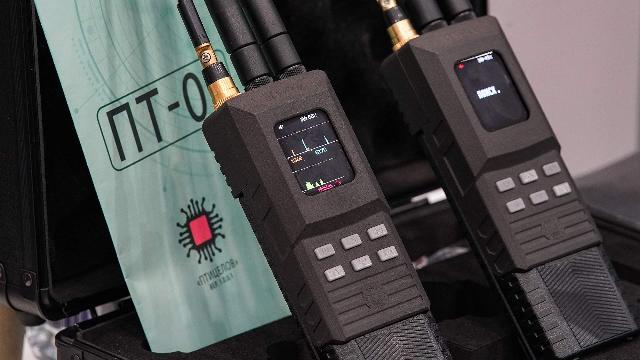At the beginning of next year, centralized deliveries of the device to the troops will begin
The drone detector "Birdman", developed on the initiative of volunteers, was officially adopted by the Ministry of Defense and in early 2025 will be centrally supplied to the SVO zone, Izvestia found out. Its main advantage over analogues is the ability to determine the type of UAV and the frequency of its video transmitter. The process from entering the tests to signing the documents on acceptance into service took no more than six months. Experts note that previously, for bureaucratic reasons, this could last for years, but the conditions dictate new rules.
How drone detectors work
The device, created by volunteers, helps fighters detect drones of various types at a distance of up to one and a half kilometers. It is able to identify the type of drone and the frequency of its video transmitter. This should facilitate the work of electronic warfare (EW) units.
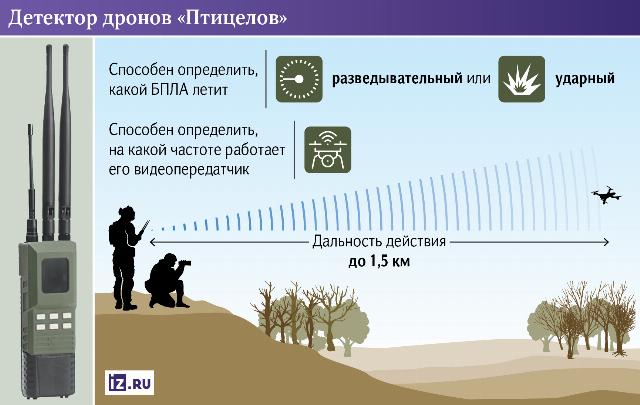
"Our volunteer programmers developed the software for the device," Alexander Kamin, the owner of Eltech-YUG, told Izvestia. — Unlike Chinese analogues, our drone detector has two modes of operation. The first option, PT-01 "Birdman" can work as a spectrum analyzer - view and analyze the entire frequency spectrum to identify drones. The second option is to work in a simplified mode, when only the name of the detected drone, its frequency and the signal level scale are displayed on the detector screen. Switching between modes takes a few seconds.
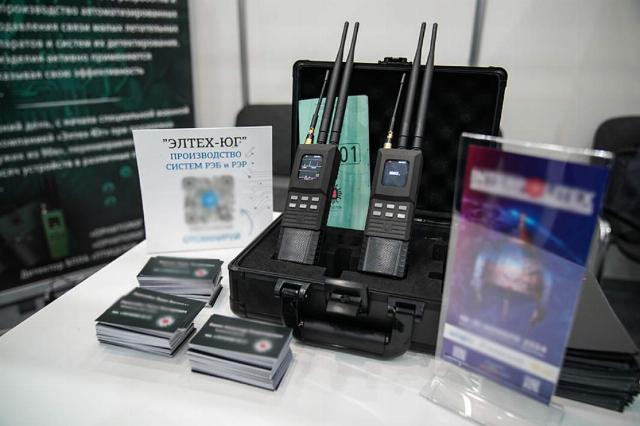
Photo: IZVESTIA/Sergey Lantyukhov
Image source: iz.ru
From the very beginning, Alexander Kamin personally sent drones to the fighters, repaired and stitched them as a volunteer. He assembled the first electronic warfare system without assistance — literally on his knee. He sent her along with humanitarian aid to Maryinka. The Russian fighters tested it and gave positive feedback. Then Alexander began to assemble a team and built the first small laboratory.
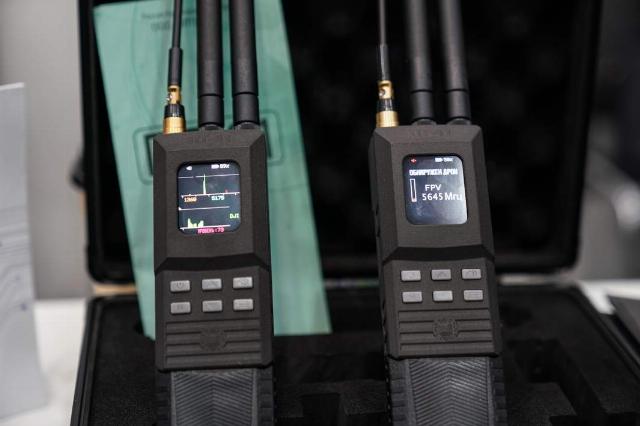
Photo: IZVESTIA/Sergey Lantyukhov
Image source: iz.ru
The tests of the "Birdman" at military training grounds began in the spring of this year. And it was not the first time that we managed to get a positive conclusion for the use of the detector in army units, Alexander Kamin noted.
— In the summer we started production and in the autumn we received an offer to supply the first batch of detectors for the needs of the army. It took two months to coordinate and sign the relevant documents. And at the beginning of 2025, we will start supplying our "Birders" centrally. That is, the entire process of adoption by the Ministry of Defense of the Russian Federation took us no more than six months, — said the owner of the company.
How has the process of adopting products changed?
As military expert Yuri Lyamin explained to Izvestia, before the adoption of any development could last for years, it was a rather long and protracted process.
— In the same case, a positive decision was made to develop volunteers in just a couple of months, which means a significant acceleration of processes in this area, — he noted. — The Ministry of Defense has now begun to quickly notice, conduct tests and order samples for delivery to its territory. This is encouraging, because there is a constant arms race in the war zone. Devices become outdated quickly, so you need to update and upgrade them even faster. In addition, large structures have begun to notice the developments of our volunteers, do not dismiss them and do not compete, but work together for our common victory.
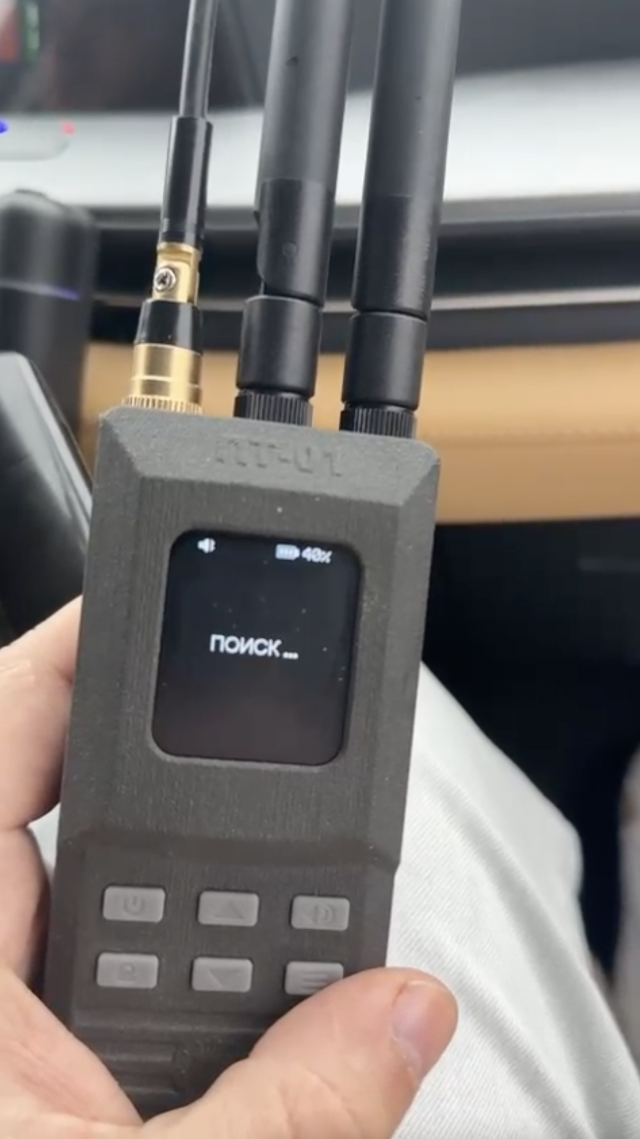
Image source: Photo: IZVESTIA/Sergey Lantyukhov
Until recently, our fighters did not have regular means to determine the type of drone. Military expert Dmitry Kornev told Izvestia about this.
"The drone detector provides something that air defense systems cannot do," he explained. — It is probably still possible to update the library of unmanned aerial vehicles there, which is very important in the current conditions. Due to the fact that the detector detects the type of UAV, our fighters can understand what kind of threat it poses — an attack FPV drone or an observation reconnaissance drone and, accordingly, they can more effectively organize counteraction.

Image source: Photo: IZVESTIA/Sergey Lantyukhov
According to the expert, it is now important to resolve the issue of communication between the drone detector and air defense systems.
— Whether it will be a manual communication channel, that is, voice, or it will be some kind of digital modern secure communication channel is still a question. And he is not only referring to the developers of the drone detector, but also to enterprises that produce air defense systems. In any case, such products will be in great demand in the Armed Forces, especially at the forefront, where the lives of soldiers, the safety of equipment and the performance of combat missions, both offensive and defensive, often depend on the detection of a drone," Dmitry Kornev noted.
A means of suppressing UAVs
Earlier, Izvestia wrote that devices designed by volunteers were arriving in the areas of a special military operation along with humanitarian aid. One of these developments was the Ornithologist-1M+ UAV suppression system, which received the nickname "iron" among the military.
In appearance, the device is really similar to a popular household appliance. From the outside, it looks like a small green suitcase with a handle in the middle — you hold it in your hand just like an iron.
The Ornithologist, like the Birdman drone detector, was made by Eltech-Yug. The device does not just force drones to land, but often allows you to get them in almost complete condition, suitable for further use.
Julia Leonova
